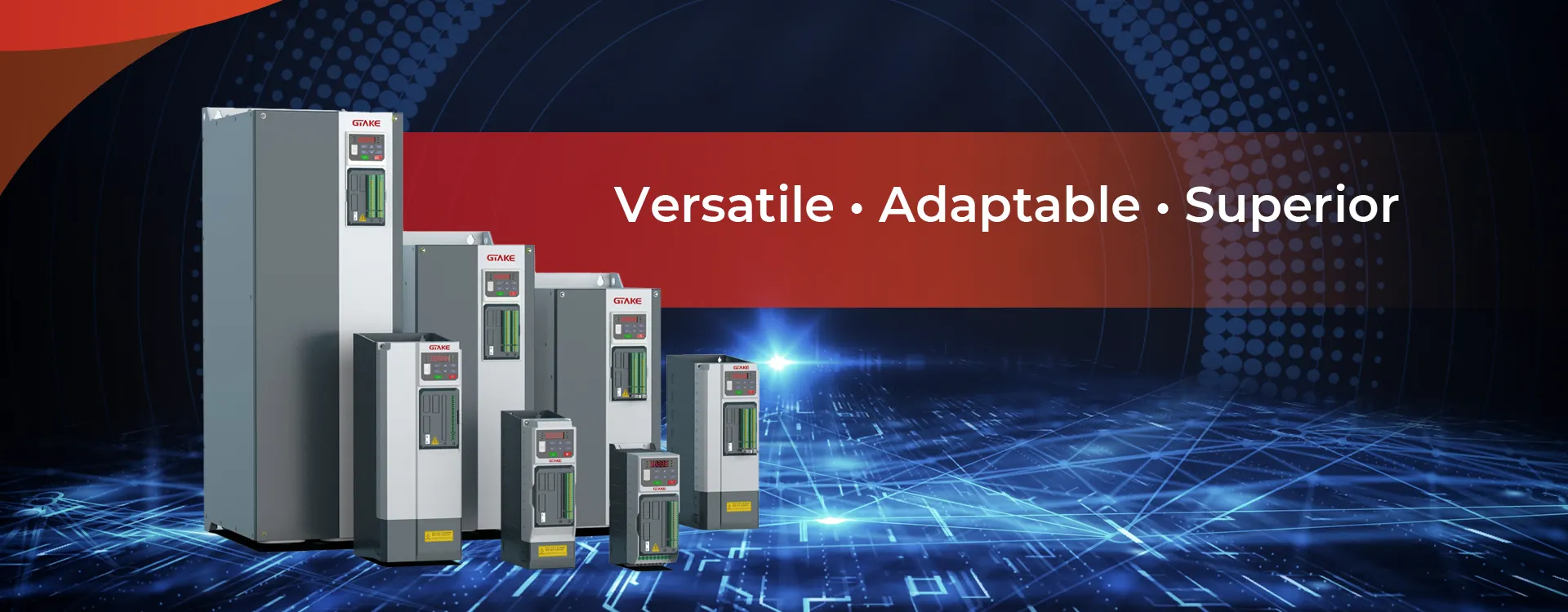Variable Frequency Inverter: Understanding Its Role and Applications
A Variable Frequency Inverter (VFI), also commonly referred to as a Variable Frequency Drive (VFD), is an electronic device used to control the speed, torque, and direction of an alternating current (AC) motor. It works by converting the incoming AC voltage into a controlled DC voltage, then inverting it back into AC power at a variable frequency and voltage. This process enables precise control over the motor’s speed and performance, making it indispensable in numerous industrial applications.
In this article, we will explore the working principle, benefits, applications, and key features of Variable Frequency Inverters, as well as how they contribute to operational efficiency and energy savings.
How Does a Variable Frequency Inverter Work?
The operation of a Variable Frequency Inverter is based on three main processes: rectification, DC bus filtering, and inversion.
- Rectification:
The first step involves the rectification of the incoming AC power. This is done using a rectifier circuit that converts the AC power from the utility supply into DC power. This step is essential because DC power can be more easily controlled and manipulated than AC power.
- DC Bus Filtering:
Once the AC voltage is rectified into DC, it passes through a DC bus (a set of capacitors) that filters and smooths the DC voltage. This stored energy can be used to regulate the output of the inverter, allowing for steady and controlled motor operation.
- Inversion to AC Power:
The final stage involves the conversion of DC back into AC power through an inverter circuit. The inverter generates an output AC waveform that can be adjusted to different frequencies and voltages. By altering the frequency of the output AC power, the inverter controls the motor speed, and by changing the voltage, it manages the motor’s torque.
- Control Mechanism:
The control system of a variable frequency inverter regulates the output frequency and voltage based on feedback signals from sensors (such as motor speed and load). The inverter uses algorithms to adjust the motor’s power supply to achieve the desired performance characteristics, such as precise speed control, torque management, and energy efficiency.
Key Benefits of Variable Frequency Inverters
- Energy Efficiency:
One of the most significant advantages of using a Variable Frequency Inverter is energy efficiency. Traditional motors run at constant speeds, consuming more power than necessary when the demand is low. With a VFI, the motor speed is adjusted based on the actual load, which means that power consumption is optimized, leading to energy savings, especially in systems where the load varies over time (such as HVAC systems, water pumps, and conveyor belts).
- Improved Process Control:
The ability to adjust the motor speed in real-time provides better control over industrial processes. For example, in applications like fans, pumps, and compressors, VFIs allow the speed of the motor to be fine-tuned to match the operational requirements, improving overall performance and precision. This level of control ensures smoother operation and minimizes the chances of system overloads or failures.
- Reduced Mechanical Wear:
By providing smooth and gradual acceleration and deceleration of motors, Variable Frequency Inverters reduce mechanical stresses on both the motor and associated components. This results in less wear and tear on the equipment, leading to extended motor life and reduced maintenance costs.
- Cost Savings:
VFIs contribute to cost savings in several ways. First, the energy savings achieved through variable-speed control lower electricity bills. Second, by reducing the need for mechanical starters (which cause high inrush currents and mechanical shocks), VFIs can reduce maintenance and downtime costs. Finally, optimized motor performance helps increase productivity and reduce the likelihood of failures that might lead to expensive repairs.
- Enhanced Motor Protection:
Many Variable Frequency Inverters are equipped with protective features, such as overload protection, under-voltage protection, over-voltage protection, and short-circuit protection. These safeguards ensure the motor operates within safe parameters, preventing damage from excessive current or voltage fluctuations and ensuring the longevity of the equipment.
Applications of Variable Frequency Inverters
Variable Frequency Inverters are widely used across a variety of industries for numerous applications. Some of the most common ones include:
- HVAC Systems:
In heating, ventilation, and air conditioning (HVAC) systems, VFIs are used to control the speed of fans, pumps, and compressors. By adjusting the motor speed according to the system’s load, VFIs provide significant energy savings, improve system performance, and extend the lifespan of HVAC equipment.
- Pumps and Compressors:
For water treatment, chemical processing, and other industrial applications, Variable Frequency Inverters are commonly used to control the speed of pumps and compressors. This allows for precise control over fluid flow, pressure, and energy consumption, while also enhancing the overall efficiency of the system.
- Conveyor Systems:
In material handling and manufacturing industries, conveyor systems rely on VFIs to regulate the speed of motors. The variable control enables precise movement of goods and materials, ensuring smoother operation, faster throughput, and more efficient production processes.
- Elevators and Escalators:
In vertical transportation systems like elevators and escalators, Variable Frequency Inverters allow for smooth and gradual acceleration and deceleration of the motors, improving user comfort, reducing energy consumption, and extending the life of the equipment.
- Industrial Fans and Blowers:
In industries such as ventilation, refrigeration, and exhaust systems, VFIs are used to control the speed of industrial fans and blowers. By varying the motor speed according to the specific air flow requirements, VFIs help maintain energy efficiency and reduce operating costs.
- Cranes and Hoists:
In heavy lifting applications, such as cranes and hoists, Variable Frequency Inverters are used to control motor speed and torque. This provides precise control over lifting and lowering operations, preventing mechanical shocks and enhancing safety.
- Electric Vehicles (EVs):
Variable Frequency Inverters are integral to electric vehicle (EV) systems, where they control the speed and torque of the motor to optimize performance. They adjust the motor’s power according to driving conditions, enabling smooth acceleration, efficient energy consumption, and regenerative braking.
Key Features of Modern Variable Frequency Inverters
- Pulse Width Modulation (PWM):
Most modern Variable Frequency Inverters utilize PWM technology, which involves rapidly switching the power on and off to create a smooth, controllable output voltage. PWM provides high efficiency, smooth motor operation, and low harmonic distortion.
- Digital Control:
Modern inverters are equipped with digital controllers that use advanced algorithms to optimize performance. Digital control systems provide greater precision and adaptability, allowing the inverter to handle complex applications with ease.
- User-Friendly Interface:
Many Variable Frequency Inverters feature user-friendly interfaces, such as digital displays or touchscreen panels, that allow operators to monitor and adjust the motor’s performance. These interfaces also provide diagnostics, helping to identify potential issues and perform troubleshooting.
- Communication Protocols:
To integrate with larger automation systems, Variable Frequency Inverters often include communication capabilities such as Modbus, CANopen, or Profibus. This allows for remote monitoring and control, as well as integration into building management or industrial control systems.
- Compact and Modular Design:
Modern Variable Frequency Inverters are designed to be compact and modular, making them easy to install in various types of industrial environments. Their modularity also allows for flexibility in application, as the inverter can be adapted to specific motor control needs.
Conclusion
A Variable Frequency Inverter is an essential device for controlling the speed, torque, and performance of AC motors. By adjusting the frequency and voltage of the motor’s power supply, VFIs provide significant energy savings, improved system performance, and reduced wear on motor components. These inverters are widely used across industries, including HVAC, pumps, conveyors, elevators, and electric vehicles, contributing to operational efficiency and cost savings. With the continued advancements in inverter technology, variable frequency inverters remain a vital component in modern motor-driven systems, optimizing both performance and energy usage.

